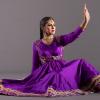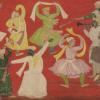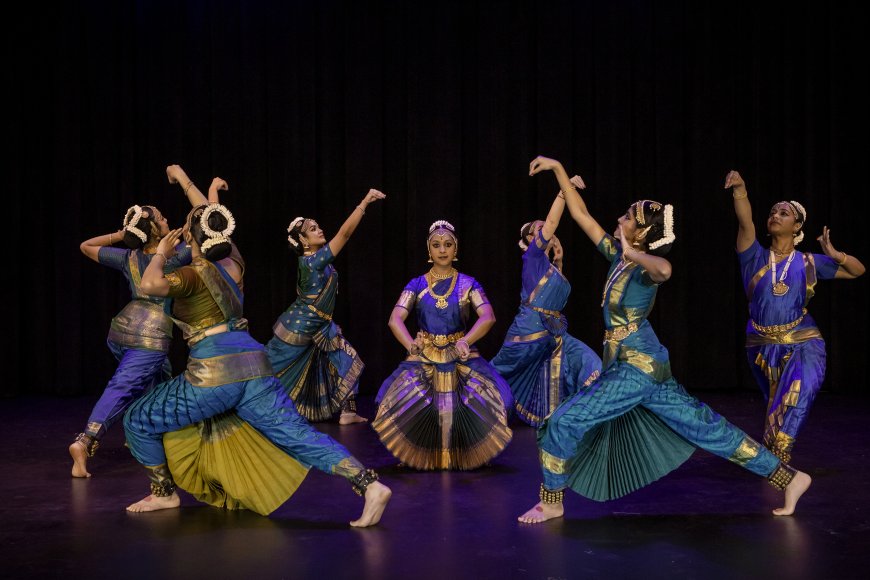
Despite funding cuts and other storms threatening the arts right now, a treasured Los Angeles dance troupe is celebrating its 40th anniversary. Still undaunted, Rangoli Dance Company, founded in 1985 by choreographer, educator, and visual artist Malathi Iyengar, is presenting “Moksha,” a selection of works from its repertory, on June 28 at Hollywood’s Barnsdall Gallery Theatre.
Known for its pristine performances of Bharatanatyam, a South Indian classical dance form characterized by gestural storytelling and percussive footwork, the company has 18 dancers, including Iyengar’s daughter, Lakshmi, also her co-artistic director. While drawing from the myths and spirituality of Indian cultural heritage, Rangoli programs feature works that are both traditional and secular.
Iyengar, 71, who hails from a family of musicians and artists and came to the United States in 1974, said she’s excited about the troupe’s milestone. “I don’t even know how I sustained the company because there have been certain times I [thought], ‘I should fold this. This is it.’” She added, “Self-preservation is so difficult, and keeping dancers engaged is hard, [but] I have grown and learned so many things.”
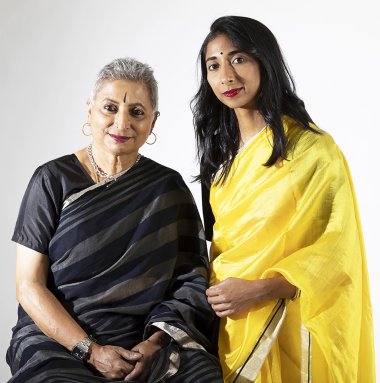
Iyengar earned a Master of Fine Arts in choreography and performance from the University of California, Los Angeles, having also studied with Guru Narmada in Bangalore, India, and then being mentored by the late choreographer Marion Scott. Iyengar has also been recognized with numerous fellowships and awards, including a 2013 COLA Individual Artist Fellowship for choreography and a 2011 Lester Horton Award for Outstanding Achievement in World Dance for Shivaya.
On tap for the upcoming concert are Krishna: The Path of the Playful, based on selected sequences from the Hindu epic the Bhagavad Gita, and varied Rangoli works from 1997–2019 that combine traditional storytelling with contemporary movement.
The music, all of it commissioned by the company, will, alas, be heard on tape. Iyengar draws attention to the costumes, all made in India. “They’re fine silks, and the quality is good. It doesn’t look cheap onstage. I have company costumes from over the years, [and there] are five sets of different color combinations. Some of the girls will wear their own costumes.” Meanwhile, the visual design for this production, the choreographer said, “gives the feel of ruins.”
Iyengar, who last performed in 2015, works to make her dancers “aware of quality and how to connect with an audience with movement. I teach them more advanced material, not just flashy [moves] or ones that are looking for applause. This is very important to me,” she stressed. “All these girls, who are mostly of Indian and American heritage, have been dancing for a long time, and I’ve been working on choreography for this show for two years.”
Because Rangoli’s audiences are diverse, with approximately half non-Indian, Iyengar “tries to keep the audience in mind,” she said. “For example, I think about programming the total duration of the performance to keep people engaged. We will lose them after about 60–70 minutes, so I try not [to go] past that.”
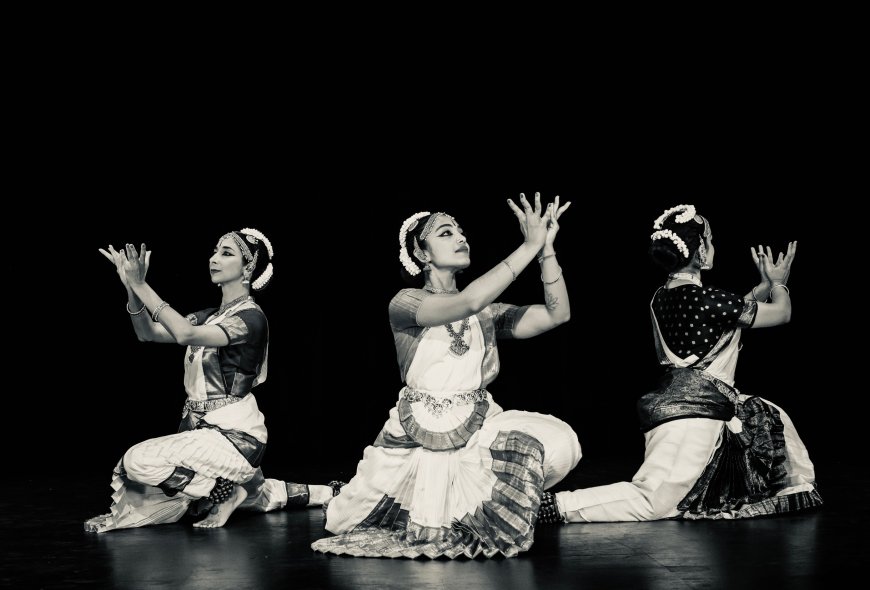
“These are small stories,” she added, “and the audiences may not really know or understand much — including Indians — so I feel if they are able to take away from here certain beautiful impressions, vignettes, and rhythmic, vibrant moments, it’s a lot to take away and is different for each person.”
The word “moksha” means “enlightenment and liberation.” That can happen through life experience as well as “through immersing oneself in music, dance, being in a transportive situation,” Iyengar said. “You have some kind of revelation when you submit yourself to a single-minded devotion to a process, but you have to be so committed [that it] gives you that feeling.”



